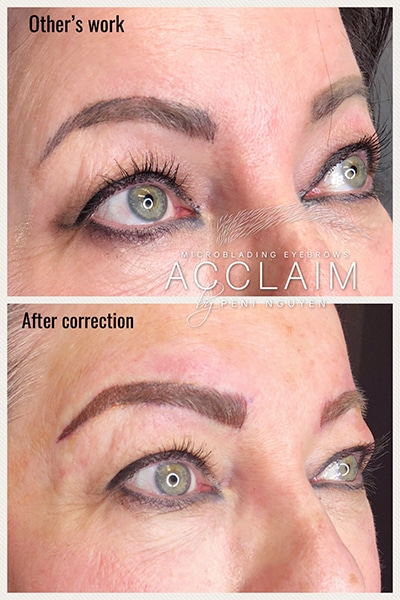There can be two types of surgery for the removal of the tattoo. 1. excision and stitching 2. excision and skin grafting after tattoo removal. excision and stitching this method can be opted for in a tattoo which is smaller in size and is made at a place where the skin is sufficiently loose and will close after the excision.. Surgical excision – also called surgical removal – is a more invasive option for tattoo removal. some small tattoos might be good candidates for surgical removal, while others are considered too large to remove with a scalpel. the dermatologic surgeon removes the tattoo using a scalpel and closes the wound with stitches.. Tattoo removal is a procedure done to try to remove an unwanted tattoo. common techniques used for tattoo removal include laser surgery, surgical removal and dermabrasion. tattoo ink is placed beneath the top layer of the skin. that makes tattoo removal more complicated — and expensive — than the original tattoo application..
After tattoo removal surgery . whatever the size of your tattoo, you can expect some soreness and discomfort after surgery but this will ease over time. much depends upon the area where the tattoo was present, and some parts of the body will be more sensitive than others. your surgeon will have advised you beforehand on post-operative care.. Tattoo removal may 20, 2015-9 news adelaide talks to angel about her laser tattoo removal experience. trishtrish is a plastic surgery blogger. trishtrish is a plastic surgery blogger. she is passionate about wellbeing, health and beauty, and doesn't mind a little bit of 'help' from the amazing cosmetic and beauty procedures that are available. Since tattoo removal is a personal option in most cases, most insurance carriers won’t cover the process unless it is medically necessary. physicians or surgery centers practicing tattoo removal.


0 komentar:
Posting Komentar